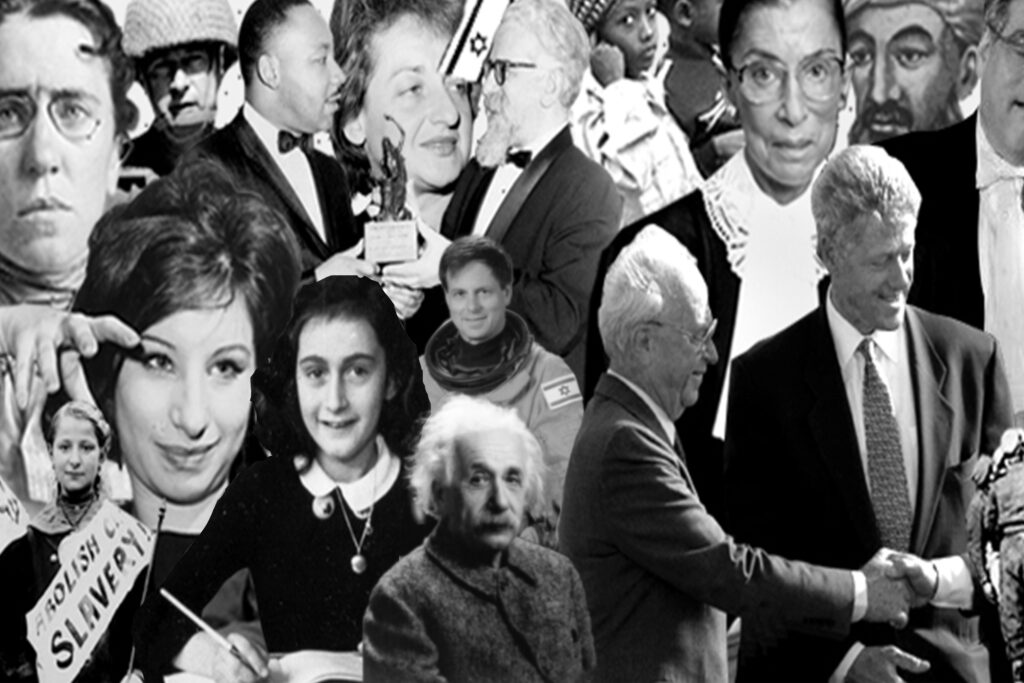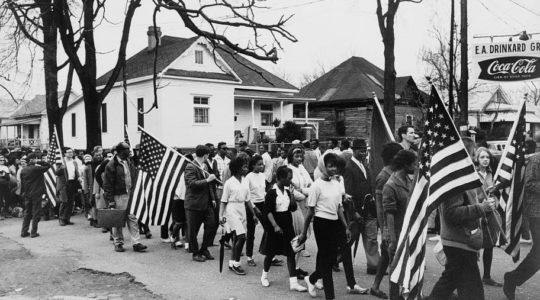Gil Sinay, chairman of the Representative Committee of the Jewish community in Chile, told a seminar of the American Jewish Committee this week that Chile’s 35,000 Jews felt very much at home in that country but were keenly interested in the welfare of Israel and the fate of Jews everywhere. Sinay, a lawyer and professor of financial law at the University of Chile, and a native of that country, reported that most Chilean Jews were engaged in industry or the professions. Like their Christian counterparts, some left the country when the left-wing coalition of President Salvador Allende took over, fearing that a Marxist regime might affect them unfavorably.
Of the approximately 4000 Jews who did leave, Sinay said, about half went to Israel, and the rest to Argentina, the United States, Australia, Canada and Germany. However, when it became evident that Jews as Jews were not threatened by the Allende regime, he added, a number of them returned to Chile. “Community leaders have consistently held to an attitude of watchful alertness,” Sinay said, “They have urged their fellow Jews, as good Chilean citizens, to take political changes in stride. Moreover, the fact that many Jews hold government posts lends stability to the Jewish community.”
The community is handicapped, Sinay said, by the lack of a rabbi. Formerly there were three, but one left in late 1970, another early in 1971, and the third at the end of that year. One reason for Sinay’s visit to the United States, he asserted, was to find a rabbi for Chile. The unease by Jews over the opening of an Arab League regional office abated because neither Dr. Allende nor the country as a whole was felt to be anti-Semitic.

Help ensure Jewish news remains accessible to all. Your donation to the Jewish Telegraphic Agency powers the trusted journalism that has connected Jewish communities worldwide for more than 100 years. With your help, JTA can continue to deliver vital news and insights. Donate today.
The Archive of the Jewish Telegraphic Agency includes articles published from 1923 to 2008. Archive stories reflect the journalistic standards and practices of the time they were published.



